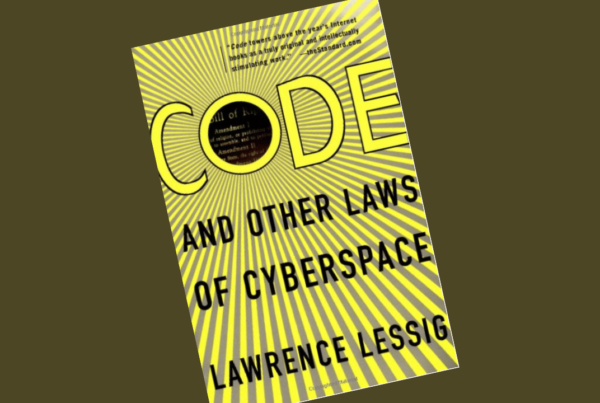Why is creating systems for common workflows so challenging?
As you may recall, that’s the question that was raised last Tuesday.
I told you about the lawyer who said she was finding it difficult breaking procedures down into bite sized pieces.
Then I explained this is a common challenge for most lawyers I’ve talked to.
And I promised to explain how you can meet this challenge.
The Big Picture
Every law firm has a bunch of discreet tasks that are mindless-but-necessary. Some are more important than others…
…if you consider them separately.
Of course, they’re ALL are super important.
Especially when you consider that they ALL have to be done by someone.
Now, realize: it’s best if those tasks aren’t done by a lawyer—especially not by you!
Also, consider that…
Some of the tasks are super-repetitive, meaning they have to be done every single day.
Other tasks are done less often.
But the key word here is “repetitive.”
Now that brings to me something that seems like common sense, but it’s definitely not a common practice…
Any key task that’s done repeatedly should have a checklist.
Checklists are the basic building blocks of any kind of smooth operation.
For example…
Pilots use checklists for every task involved in flying a plane. Even for seemingly menial things.
Why?
Well because, as this article about pilot errors points out:
“A surprising number of accidents result from [small lapses], like…forgetting to fasten the cockpit door. They’re small mistakes that…escalate into a series of big ones.”
So pilots have checklists to remind them to close the cockpit door, even though they would remember to do so 99% of the time without having it on a checklist.
Why bother to put menial tasks on a checklist?
Because, as pilots will tell you: small mental lapses often have serious consequences…
Checklists are important!
So you need to start creating checklists.
Fortunately, if you go about it properly, this is actually pretty easy to do.
The “proper” way is to use paper and pen (or pencil, if you prefer)
So go grab those tools now…
Start making a list of the things you should have a checklist for. And to get the ball rolling, let’s start with what happens when a new client comes into your firm.
This is a common, repetitive occurrence for pretty much every law firm.
So what’s the process for handling this situation? Well, let’s be clear about “the situation.” What probably happens is the prospective client will call your office wanting to learn more about your services. That’s how you sense they’re interested in hiring you, right?
So what does the person who answers the phone say to find out if they’re interested, and what kind of legal probelm they have?
Do they say the same thing to every caller or do they improvise?
Hopefully, they have a script that you’ve worked out, but if not…
What questions should they ask?
Think about this and map it out using the aforementioned pen and paper.
This is how you go about creating your (ideal) checklist.
Just keep writing out the questions until you run out of ideas (remembering the goal of this script is to get as many prospects as possible to book an appointment with you).
Yes, it’s not super interesting work. But in the long run it will make a huge difference.
P.S. Get the Smart Lawyers Tech Guide.








